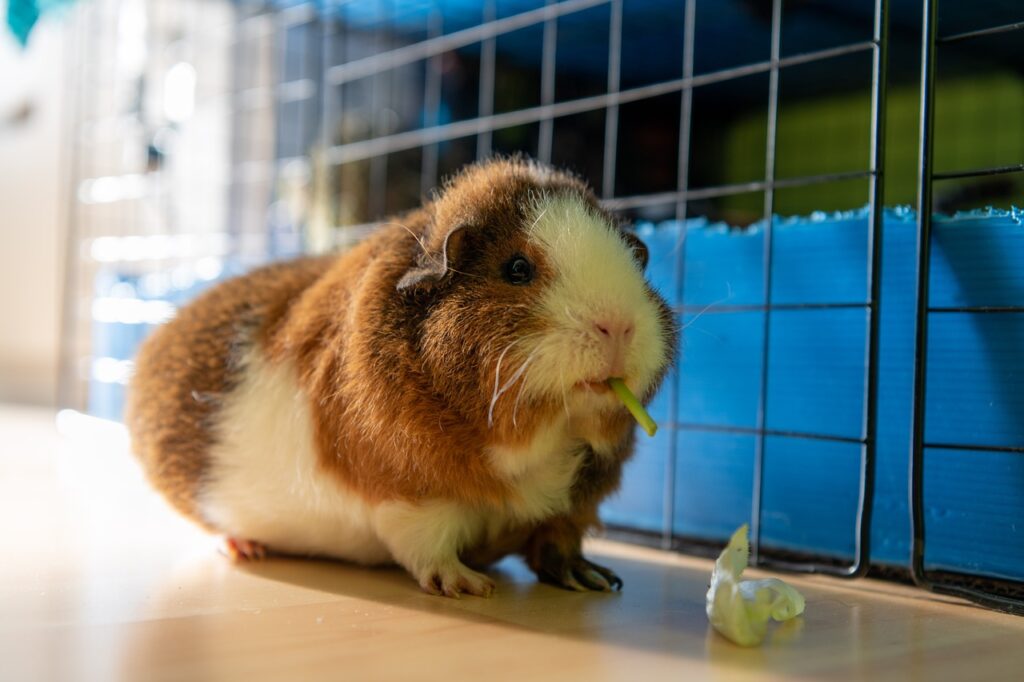The death of a family pet can be a profoundly emotional event, especially for children who may be encountering loss for the first time. Pets often hold a significant place in the family dynamic, providing companionship, love, and joy. When a pet dies, it’s essential to approach the conversation with your children thoughtfully and sensitively. Here’s a guide to help parents navigate this difficult discussion.
Understanding Your Child’s Perspective:
Before diving into the conversation, it’s important to consider your child’s age, maturity level, and previous experiences with loss. Younger children may not fully grasp the concept of death, while older children might understand it but still struggle with the emotional impact. Tailor your approach to suit your child’s developmental stage.
Preparing for the Conversation:
Choose the Right Time and Place: Find a quiet, comfortable, and private setting where you won’t be interrupted. This helps create a safe environment for your child to express their emotions.
Be Honest but Gentle: Use straightforward language that your child can understand. Avoid euphemisms like “gone to sleep” or “went away,” as these can be confusing and may lead to misunderstandings. Instead, use clear terms like “died” and “death” to convey the permanence of the situation.
Plan What to Say: Think about how you’ll start the conversation. You might say, “I have some very sad news. Our pet [pet’s name] has died.” Be prepared for a range of reactions, from shock and sadness to confusion and anger.

Breaking the News:
Keep It Simple and Direct: Begin with a simple, honest statement. For example, “I’m very sorry to tell you that [pet’s name] has died.” Pause to give your child a moment to process the information.
Allow Emotions to Flow: Children will have varied responses. Some may cry, some may have questions, and others may not react immediately. Acknowledge their feelings and provide comfort. You might say, “It’s okay to feel sad or angry. I feel that way too.”
Answer Questions Honestly: Be prepared for questions about why and how the pet died. Answer truthfully but keep explanations age-appropriate. For younger children, a simple explanation like, “Their body stopped working,” might suffice. Older children may want more details, which you should provide without overwhelming them.

Supporting Your Child Through Grief:
Validate Their Emotions: Let your child know that it’s normal to feel a wide range of emotions. Share your feelings as well to show that it’s okay to grieve. Phrases like, “I miss [pet’s name] too,” can be comforting.
Provide Reassurance: Young children might worry that other loved ones could die soon. Reassure them by explaining that most pets have shorter lifespans than humans, and that their pet’s death doesn’t mean other people or pets will die soon.
Encourage Expression: Allow your child to express their grief in their own way. This might include drawing pictures, writing letters, or creating a memory book. Engaging in these activities can help them process their emotions.
Maintain Routines: Keeping daily routines as normal as possible can provide a sense of stability during a tumultuous time. While it’s important to acknowledge the loss, familiar routines can help children feel secure.
Creating a Memorial:
Hold a Ceremony: A small memorial service can provide closure and a chance to say goodbye. Involve your child in planning the ceremony. They might want to say a few words, share a memory, or place a special item with the pet.
Create Lasting Memories: Encourage your child to make a scrapbook, plant a tree, or create a special spot in the garden in memory of the pet. These activities can be therapeutic and help preserve the pet’s memory.

Moving Forward:
Monitor Emotional Well-being: Keep an eye on your child’s emotional state over the following weeks and months. Some children may take longer to process the loss. Look for signs of prolonged grief, such as changes in appetite, sleep disturbances, or withdrawal from activities they enjoy.
Consider Professional Help if Needed: If your child seems to be struggling significantly with the loss, it might be helpful to seek support from a counselor or therapist who specializes in grief, particularly in children.
Be Patient and Present: Grieving takes time, and every child’s process is different. Continue to be available to talk, offer hugs, and provide reassurance as needed.
Conclusion:
Telling your child that a beloved pet has died is one of the more challenging aspects of parenting. By approaching the conversation with honesty, empathy, and patience, you can help your child navigate their grief and begin to heal.
Remember, it’s not just about managing the immediate reaction, but also supporting them through the ongoing process of saying goodbye and cherishing the memories of their cherished companion.
[More pet loss advice, insights, and resources: Life After Loss: 5 Signs It’s Time for a New Pet, Pet Loss Condolences: What to Say and How to Say It, and 8 Books on Pet Loss and Grief.]
